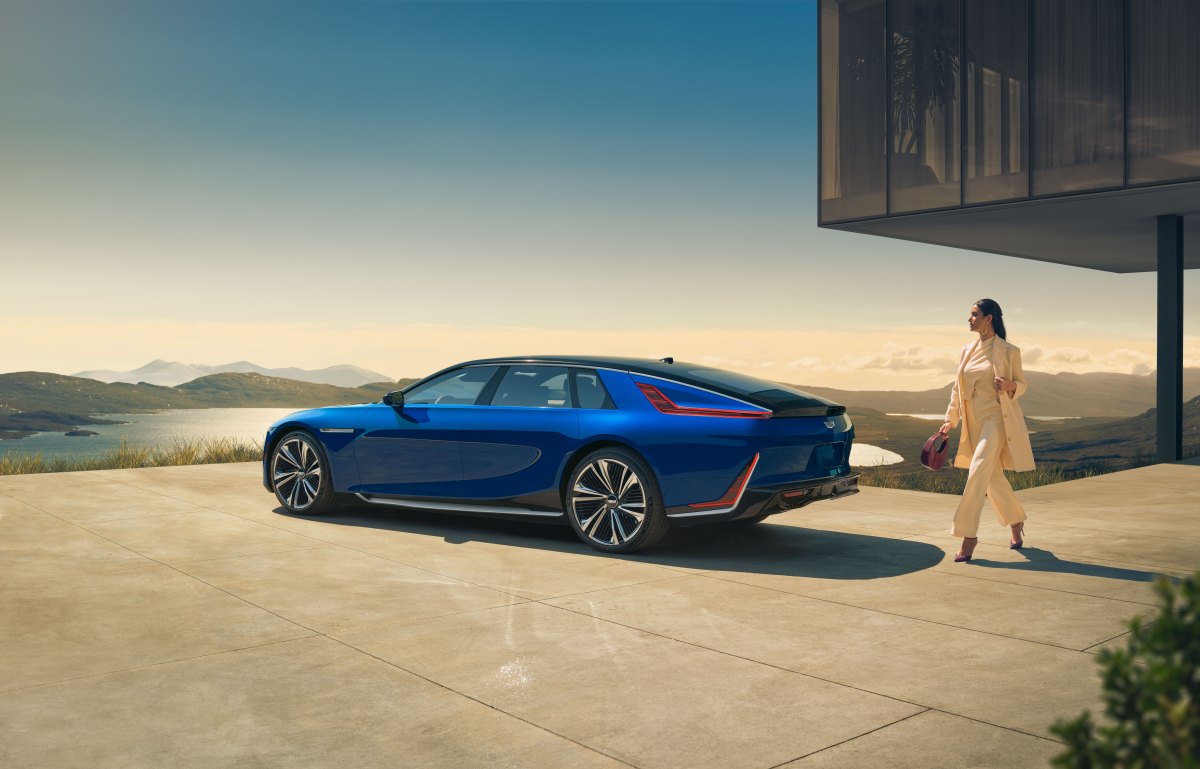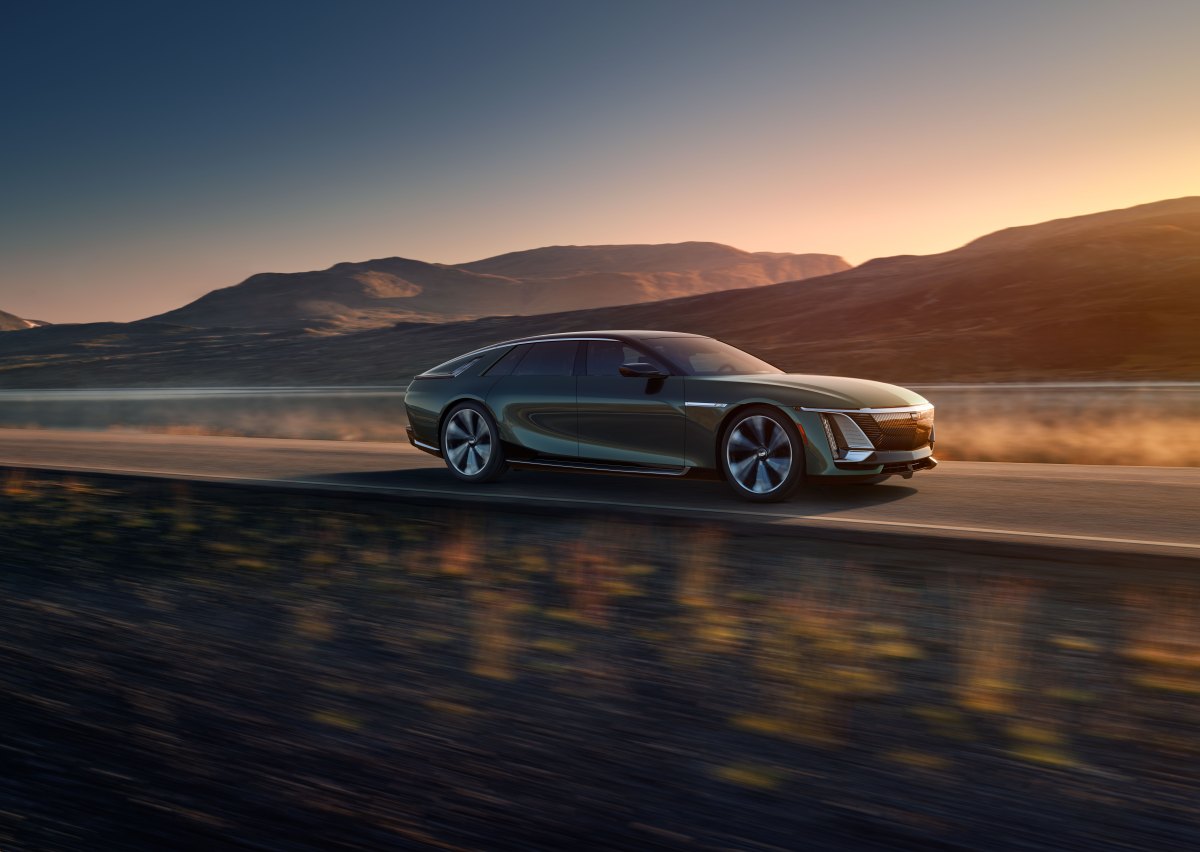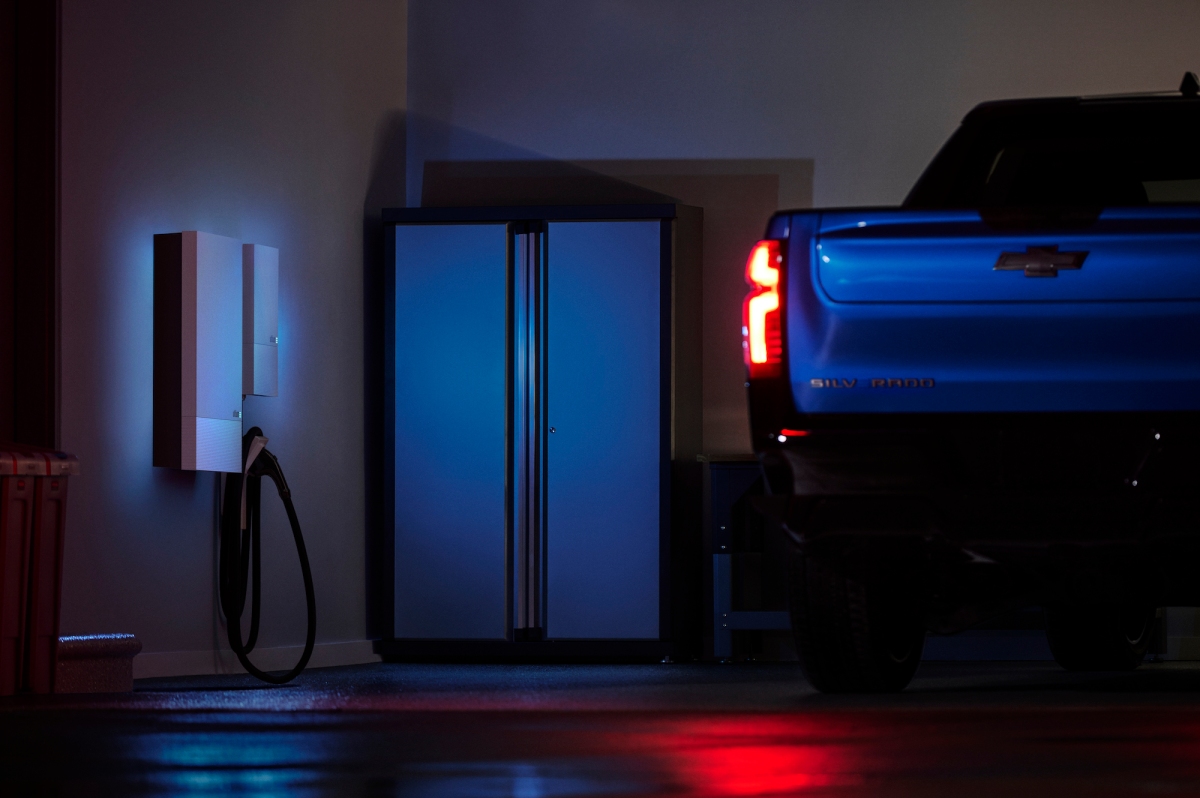GM says supply chain issues won’t affect EV profitability by 2025 • ZebethMedia
General Motors says supply chain constraints won’t hinder the automaker’s goal of reaching electric vehicle profitability by 2025. GM expects its EV portfolio to have “the same margin profile” as its internal combustion engine portfolio over the next three years once factoring in U.S. tax credits for cars and trucks, CEO Mary Barra said Thursday at GM’s investor conference. The automaker expects to generate more than $50 billion in revenue from sales of its 30 EV models in 2025, with profit margins in the low to mid single digits. Investors have been skeptical of GM’s promises, citing macro headwinds like increased battery raw material costs. Doug Parks, GM’s executive vice president of global product development, purchasing and supply chain, admitted that those costs could put GM’s targets at risk. However, Parks said a combination of increased efficiencies in GM’s Ultium EV platform — which is the underlying EV and battery architecture that will help GM scale its EV lineup — and supply chain agreements that are locked in through 2025 will reduce those macro impacts. “GM has signed binding agreements to secure the battery raw materials to support 1 million units of annual capacity in North America by 2025,” said Parks. “These are not just handshakes, these are not just meetings or MOUs.” GM is hoping to reduce cell costs by nearly 40% to an $87 per kilowatt hour by 2025, and then down to a $70 per kilowatt hour from mid to late decade. The automaker’s stock experienced a mid-day spike, rising 1.75% at around 1:45 pm ET. At market close, GM’s share price settled at an increase of 0.39%. GM’s supply chain landscape Parks highlighted GM’s agreement with Livent to source lithium hydroxide from its North American facility starting in 2025, a strategic investment and collaboration with CTR to source lithium from the Salton Sea in California using a closed loop geothermal process, and an agreement to secure sustainable cobalt from Glencore’s Murrin Murrin mine in Australia. In addition, GM has made a strategic investment in Queensland Pacific Metals for cobalt and nickel processing in Australia, as well as a long-term agreement with Vale for high-grade nickel sourced and processed in Canada. “We also have an agreement with LG Chem for enough cathode active material through 2030 for the equivalent of 5 million units of EV production, a joint venture with [South Korean steel-making company] Posco on a plant in North America, which we expect will open in Quebec in the first quarter of 2025.” In the interim, Posco will supply GM with materials from their South Korean operations, said Parks. Parks added that GM has price controls in place for lithium that will dampen the volatility and pricing the market has seen over the past year. He noted the new clean energy tax credits will help GM accelerate its process of creating a domestic supply chain for EVs in North America. “The credits are very much in line with the strategy we’ve been executing for the past few years and will enable us to increase our footprint domestically with Free Trade Agreement partners.” GM is also working with recycling affiliates to take scrap from battery cell plants and return critical materials to make new batteries or even sell materials at market rate, said Parks. Beyond battery cells, Parks said GM has long-term supply agreements in place with key EV motor component suppliers, including binding agreements with GE to support the development of a North American and European base rare earth copper and electrical steel value chain. Many of these agreements are in place to help the company scale cell production rapidly once its four battery plants are underway. GM said its Lordstown, Ohio plant has already opened, with Spring Hill, Tennessee close behind. The automaker is also building a plant in Lansing, Michigan, and is exploring a location in Indiana for its fourth plant. Until those factories come online, GM is still mainly buying cells, which is a roadblock to high EV margins today.




